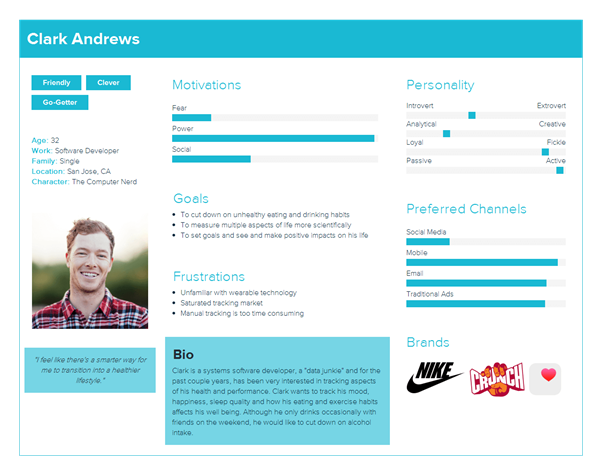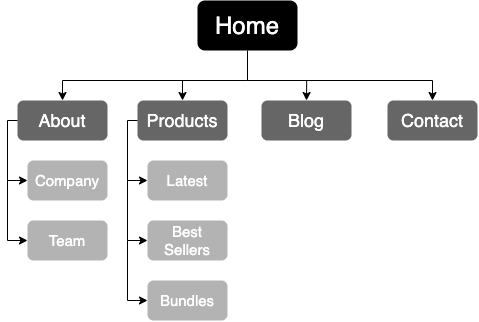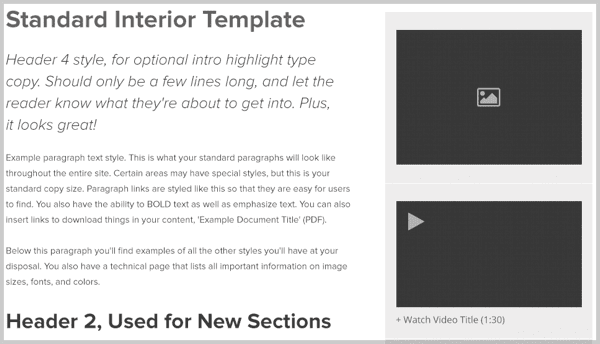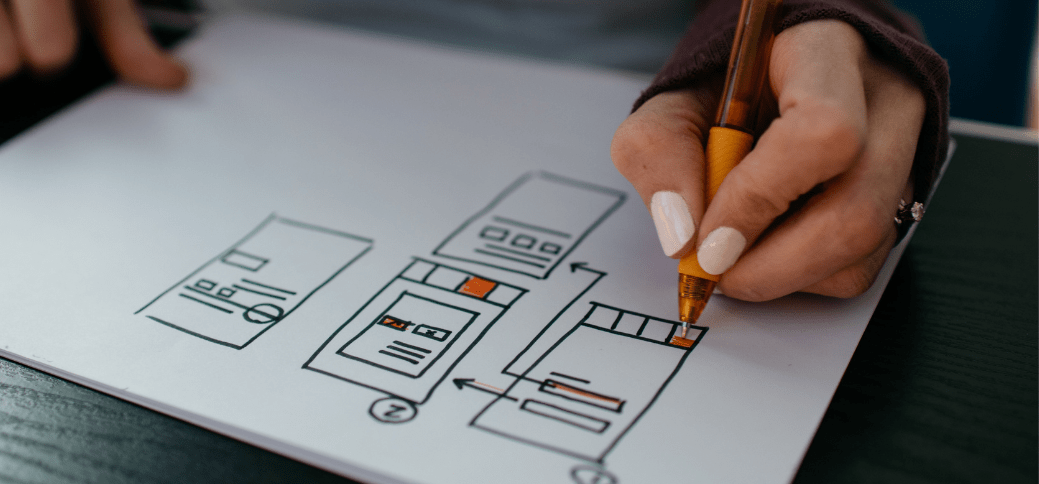The importance of UX design through the lens of data:
- A better UX design than the previous one increases the conversion rate by up to 400%.
- When you invest $1 in UX design results, you receive an ROI between $2 to $100.
- 74% of users return to a website when they have a seamless mobile UX experience.
You reading this article proves you know the importance of UX design. You want to hire a design agency to design the UX for you. However, you’re overwhelmed with the choices and can’t figure out what’s the ideal way to go about it.
That’s what this article will help you with. In the next five minutes, the article will discuss the user experience design process SeekThem has in place so that you can see how we take care of the end result in each step.
A step-by-step user experience design process
1. Define the offer
Defining the offer is one of the UX design process best practices as that builds the foundation of creating a quality user experience. We define the offer of your business by following four steps.
Stakeholder interviews
We ask tailored questions to the key stakeholders of the project to discover the business goals. We conduct these interviews in person.
Check out the key questions we ask the stakeholders:
- What’s the USP of your offer? How is the USP different from what your competitors are offering?
- Who is your target customer?
- What are the most significant challenges your business is facing?
- What feelings do you want to invoke in your reader’s minds when they think of your business?
- What strategies have you used to take the business where it is now?
User questionnaire
User questionnaires offer insight into how the target audience wants to interact with the website. These questionnaires are sent out online as surveys to a selected group of users.
Check out key questions we ask the users:
- What are the problems they’re on the website to solve?
- What solutions do they want to have?
- What information do they consider valuable?
- Where have they searched for solutions before? Why couldn’t they find the solutions?
- What do they find frustrating about user experiences?
Mapping value proposition
The value proposition of the offer includes:
- What’s the offer
- Who will use the product or service
- Why should they use the product or service
Furthermore, we analyze the value proposition with the stakeholders to determine how we should construct the offer and how to match the offer with user needs.
Read More: 4 website design tips to help you connect with your audience
2. Check the analytics
We use heat map tracking and Google Analytics conversion tracking to perform this step of the UX design process.
Checking the analytics helps us know:
- The posts, sections, and pages that bring the most traffic
- The keywords that the website is ranking for
- The channels that bring the business the most traffic
- The average length of user sessions
- The average bounce rate
The data helps us find how users navigate through the existing website, which pages and calls to action users love the most, and spot drop-off points. The information helps us determine the next UI/UX design process steps.
3. Create user personas
In the next step in the UX design process flow, we conduct in-person or online sessions with the client to create the user personas.

Here is the key information we look for while creating user personas:
- Age range
- Sex
- Location
- Job
- Their main goal in life
- The barrier that stops them from achieving that goal
User personas help to figure out:
- How to make the users stay on your site for long
- How the users make decisions
- How to convert them to buyers
Once we have built user personas, we move on to the next phase of the UX design process template.
4. Conduct a kick-off workshop
We offer an introduction of the entire web project to the stakeholders.
Here’s what we share in a kick-off workshop:
- Detailed list and format of the deliverables
- A detailed explanation of the UX process and possible challenges
- The entire team list that will be working on the project
- Analytics insight reports
- User personas
- Project timelines
A kick-off workshop helps to get the stakeholders and the design team on the same page.
5. Develop sitemap and information architecture
We analyze:
- Primary pages and subpages
- Content hierarchy and content blocks
- Data capture and other CMS needs
- Navigation
- Exemplars
- Taxonomy
To develop the sitemap and information architecture.
Sitemaps boost the website’s SEO performance while the information architecture helps the end-user have a seamless experience.
Here’s an example of a sitemap.

6. Develop wireframes
Once the client approves the sitemap and information architecture, we move on to develop the website wireframes.
In this step, we:
- Create page layouts with image and content blocks, headline messaging, and content blocks.
- Add all the content blocks located on the sitemap on each page.
- Link each page to create a prototype.
Here’s an example of a wireframe.

Afterward, we send the prototype to the client for approval. Furthermore, we share detailed notes on how to navigate and experience user journeys so they can experience the site the way real users will.
Note that we always ask for the written content from the client first as that makes sure we’re working with the exact information the end-user will see.
7. Conduct user testing
Here’s how we go about the same:
- Define testing objectives such as task completion, flow efficiency, and error detection.
- Choose a user testing method such as A/B testing, remote user testing, and eye movement tracking.
- Create task scenarios.
- Analyze the findings.
Read More: 10 Common website design mistakes and how to avoid them
User experience design process — get it right to attract customers
75% of customers judge a website’s credibility depending upon the UX/UI design. That’s why creating a quality user experience for the user is of paramount importance.
The user experience design process shared in this article will help you analyze any UI UX design agency’s work better and you’ll be able to make the best possible decision.


